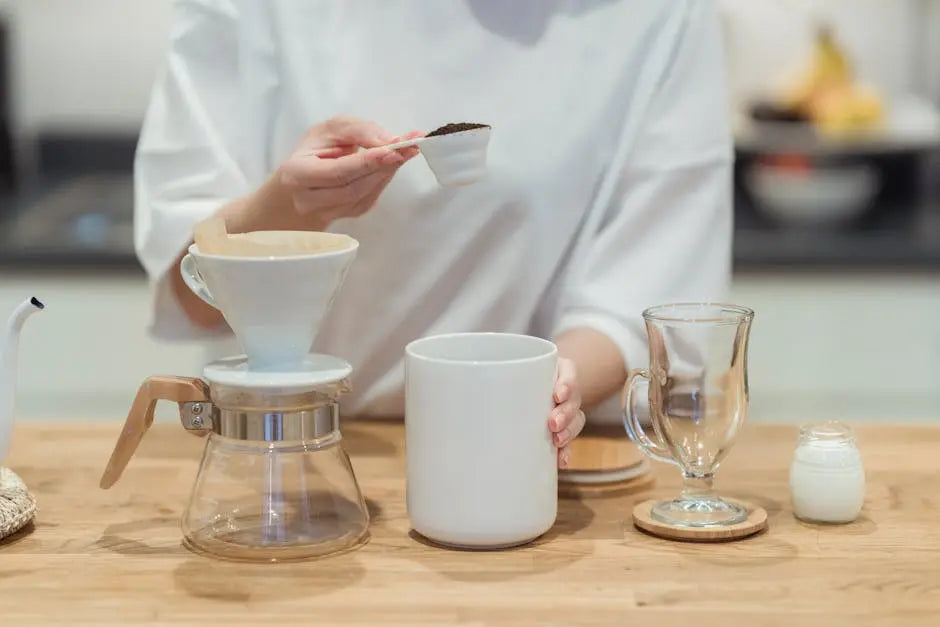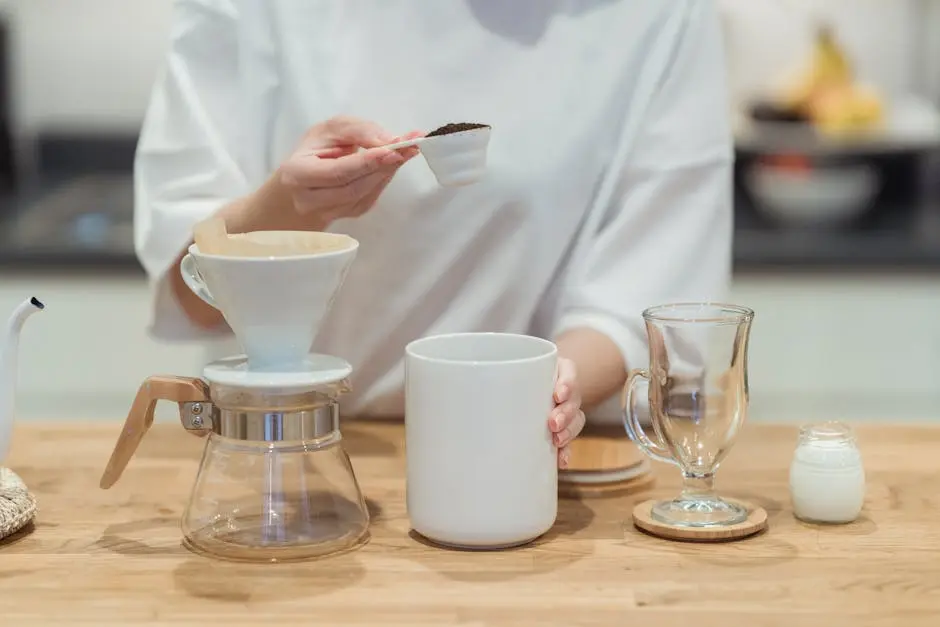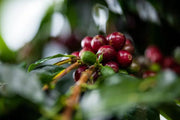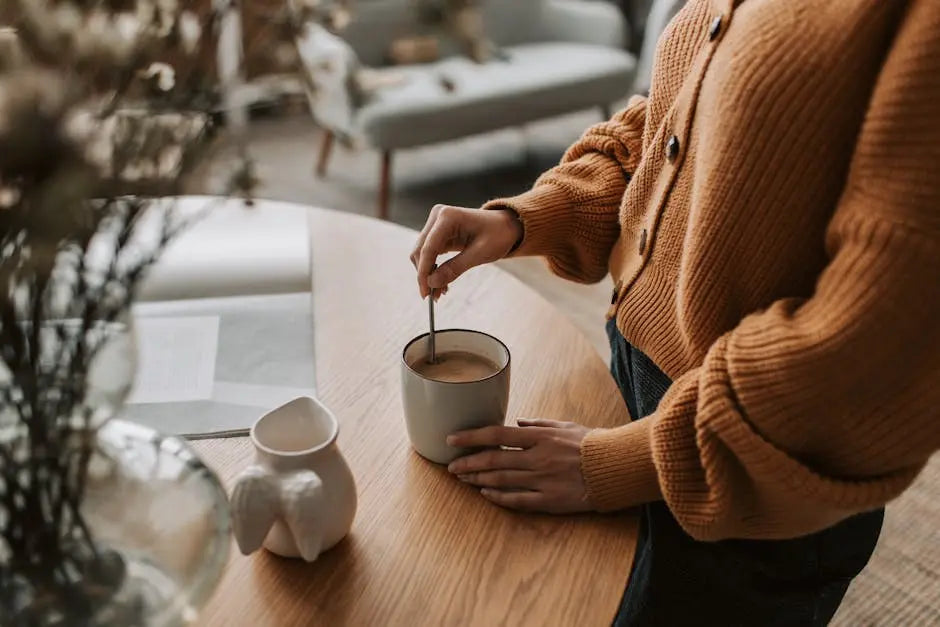8 Essential Tips for Brewing the Perfect Central American Coffee at Home

Brewing the perfect cup of Central American coffee at home can seem like a daunting task, but it doesn’t have to be! With the right techniques and a little practice, you can enjoy rich, flavorful coffee every day. In this guide, we’ll explore essential tips that will help you elevate your home brewing game. Whether you’re a coffee novice or a seasoned enthusiast, these tips will empower you to make a cup that rivals your favorite café.
1. Selecting Quality Beans for Optimal Flavor
The journey to a perfect cup of coffee begins with selecting high-quality beans. When choosing Central American coffee, look for beans that are labeled as single-origin. This ensures a distinct flavor profile that showcases the unique characteristics of the region.
A variety of beans come from Central America, each with its own unique taste notes. For instance, Guatemalan coffee is known for its chocolatey richness, while Costa Rican coffee often has bright citrus tones. By familiarizing yourself with these flavor profiles, you can select beans that cater to your personal preference.
Additionally, consider purchasing beans that are roasted recently. Freshly roasted beans have oils that can significantly enhance your brew. Seek out local roasters who can provide you with freshly roasted Central American coffee, and avoid pre-ground coffee whenever possible.
2. Understanding Roast Levels and Their Impact
Roast levels play a pivotal role in determining the overall taste of your coffee. From light to dark, each roast level offers a different flavor experience. Light roasts tend to preserve the natural characteristics of the beans, often resulting in fruity or floral notes.
On the other end of the spectrum, dark roasts provide a bolder flavor and can impart a smoky or bitter taste. For Central American coffee, a medium roast is often ideal, balancing the nuanced flavors while still offering a robust coffee experience. Understanding these roast levels will help you decide which you prefer.
When trying different roast levels, it’s beneficial to take notes on what you like and dislike. This can guide your future purchases and help you develop a palate that appreciates various coffee complexities. Don’t hesitate to experiment until you find your sweet spot!
3. The Importance of Freshness in Your Coffee
One of the most crucial factors in brewing coffee is freshness. Coffee begins to lose its flavor as soon as it’s ground, so whole beans are always a better option. The ideal scenario is to grind your beans just before brewing. This not only preserves their aromatic qualities but also enhances the overall flavor.
Storing your beans properly is equally essential for maintaining freshness. Opt for an airtight container kept in a cool, dark place to protect the beans from exposure to light, heat, and moisture. This simple step can make a significant difference in the quality of your brew.
Remember, coffee is best consumed within a few weeks of roasting. Check the roast date before purchasing your beans, and try to choose a batch that has been roasted recently. A little attention to freshness can elevate your coffee experience.
4. Grinding Your Coffee to Perfection
Grinding coffee might seem straightforward, but it plays a significant role in how your brew turns out. Different brewing methods require different grind sizes. For example, a coarse grind is ideal for French press, while a fine grind works best for espresso.
Investing in a good grinder is worth the expense. Burr grinders are preferable over blade grinders, as they provide a more uniform grind size. This consistent texture ensures even extraction when brewing, which is key to maximizing the flavor of your Central American coffee.
Don’t be afraid to experiment with different grind sizes to find what works best for your chosen brewing method. It can be a game-changer for your coffee drinking experience. Remember, the right grind will release the essential oils and flavors that make your coffee shine.
5. Water Quality: The Unsung Hero of Brewing
Water quality is often overlooked when brewing coffee, yet it’s a vital ingredient that can drastically affect the final cup. Using filtered or bottled water is recommended to remove any impurities or flavors from tap water that might interfere with your coffee.
The ideal water temperature for brewing coffee is between 195°F to 205°F (90°C to 96°C). Water that is too hot can scorch your coffee, while cooler water may under-extract it, leading to a bland cup. Consider using a thermometer to ensure you’re within this temperature range for optimal results.
6. Brewing Methods: Finding Your Perfect Match
Your brewing method greatly influences the flavor and strength of your Central American coffee. Various methods, such as pour-over, French press, and AeroPress, each offer a unique approach to extracting flavors from coffee grounds.
If you’re looking for a milder taste with clarity, pour-over coffee might be your best bet. This method allows for a controlled brewing process, ensuring even extraction. Meanwhile, if you prefer a bolder flavor, a French press might suit your taste better, as it allows oils to remain in the cup.
Don’t hesitate to try multiple brewing techniques! Each method can highlight different notes in your Central American coffee. With a bit of experimentation, you’ll discover which method complements your taste preferences the best.
7. Mastering Coffee-to-Water Ratios
Finding the right coffee-to-water ratio is crucial for a perfectly brewed cup. A common starting point is to use one to two tablespoons of coffee for every six ounces of water. Adjusting this ratio can help you tailor your coffee strength to your liking.
If your coffee often tastes too weak, you may need to increase the coffee amount gradually. Conversely, if it’s too strong or bitter, reducing the coffee can make a significant difference. This simple adjustment can lead you closer to your ideal brew.
Using a kitchen scale can also enhance your brewing precision. Weighing your coffee and water allows for accurate ratios every time, leading to consistency in flavor with each brew.
8. Storing Your Coffee for Lasting Flavor
Once you have your fresh beans, how you store them is critical for maintaining flavor over time. Coffee is sensitive to light, air, moisture, and heat, so it’s essential to take care in its storage. An airtight container is your best bet.
Avoid storing coffee in the fridge or freezer, as frequent temperature changes can cause moisture buildup, which degrades the quality of the beans. Instead, room temperature in a dark pantry or cupboard is ideal.
Remember, your commitment to quality doesn’t end once you brew your coffee. Proper storage will ensure that every cup is as flavorful as the first, allowing you to relish in the rich, aromatic experience that Central American coffee has to offer.







